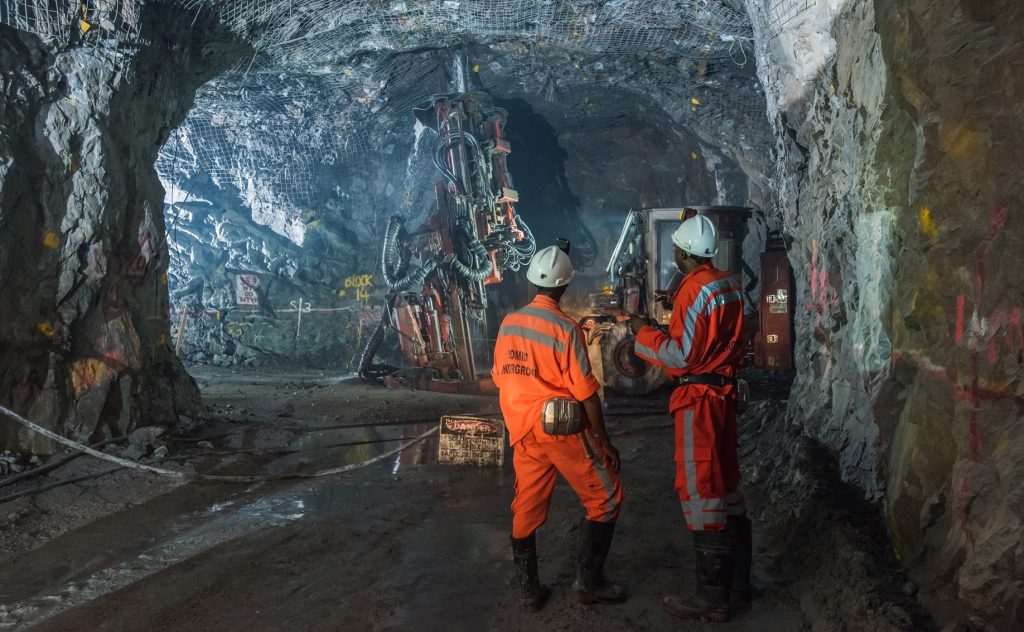In our last article we introduced what makes block caving an interesting option to address today’s challenges. In this post, we’ll examine the parameters to take into account when considering block caving for your mine site.

The first step merely determines whether block caving is a viable option. Mineral resource, geomechanical, and economic considerations can help answer the first question: can we mine this deposit using block caving?
For block caving to be productive, it’s all about cavability, proper development, reliable mine design, and optimum production schedule. We will explore mine design and short-term production scheduling software in more detail later in this series. However, the essential first step must be to locate a subsurface commodity or commodities to determine the basics: what’s there, how much is there, what’s the potential value, what does it look like underground, and can it be block caved?
Exploration requires geological studies, site evaluation, sampling, drilling, and mineral resource estimation (*see Note). Geotechnical conditions such as orebody dimensions, inclination, mine site location, stresses, and strengths affecting cavability and fragmentation must be right for block caving to be feasible. Other important non-technical factors include the availability of labor and whether local communities and government authorities will permit the mining operation.
The goal is to end up with a 3D block model containing all the characteristics and attributes of an orebody and associated waste located in a potential mine area. This model becomes 4D when time comes in during the production schedule stage.
Mineral Resource and Geotechnical Conditions
Block caving is considered low-cost because gravity fractures the rock and cave propagation occurs without much spending on drilling and blasting. However, the underground orebody needs a certain geometry for block caving (a massive vertical column that can be undercut and blasted from below to fall into draw points). Geotechnical parameters should be known with such certainty to ensure that the ore will fragment and flow naturally using only gravity force or minimum drilling and blasting once the undercut is blasted and extracted. The mineral reserve must be large enough to feed an ore processing plant over time at an economically viable rate.
It must be stressed that, for the long-term success of the mine, cavability is crucial. If the rock doesn’t cave naturally, then more money must be spent later to drill and blast during operations.
Orebody dimensions, inclination, cavability, fragmentation, size of the caved material, and the mine site location will influence how engineers will configure draw patterns, draw point or draw zone spacing, layout design, undercutting sequence, and support system design.
Continue reading the full exclusive article in the GEOVIA User community

The GEOVIA User community: a community by and for GEOVIA users
Discover the community of reference for GEOVIA peer-to-peer support, materials and expert insights!
- Get started and make the most of your GEOVIA software
- Become an expert in your domain of interest
- Share your knowledge and experience
- Get help from experienced users
New member? Create an account, it’s free!
Learn more about this community HERE.
